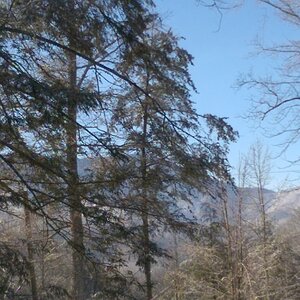Adamneedsadvice
TPF Noob!
- Joined
- Jun 13, 2010
- Messages
- 24
- Reaction score
- 0
- Location
- Ohio
- Can others edit my Photos
- Photos NOT OK to edit
I am basically completely new to photography, and I'd like to invest in some better lenses so I am hoping you all can help point me in the right direction.
I have beginners dslr - canon rebel t2i (poor college student) It came with a couple kit lenses, a EF-S 18-55 IS and a EF 75-300mm f/4-5.6 III
I am mainly interested in artistic work, especially macro.
Ive been looking at different lenses but honestly I dont know where to begin...
I was looking at canons MP-E 65mm f/2.8 1-5x, EF 100mmf/2.8 EF 100mm f/2.8L, EF 180mm f/3.5L
Obviously Id like sharp picture quality, but how comparable are the picture qualities of these lenses to one another? (100mmf/2.8 / 2.8L) large price difference... etc. The MP-E 65mm offers the greatest magnification?? 180mm is mainly for gaining that extra distance from the subject??
Any help would be greatly appreciated.
Thanks!
I have beginners dslr - canon rebel t2i (poor college student) It came with a couple kit lenses, a EF-S 18-55 IS and a EF 75-300mm f/4-5.6 III
I am mainly interested in artistic work, especially macro.
Ive been looking at different lenses but honestly I dont know where to begin...
I was looking at canons MP-E 65mm f/2.8 1-5x, EF 100mmf/2.8 EF 100mm f/2.8L, EF 180mm f/3.5L
Obviously Id like sharp picture quality, but how comparable are the picture qualities of these lenses to one another? (100mmf/2.8 / 2.8L) large price difference... etc. The MP-E 65mm offers the greatest magnification?? 180mm is mainly for gaining that extra distance from the subject??
Any help would be greatly appreciated.
Thanks!







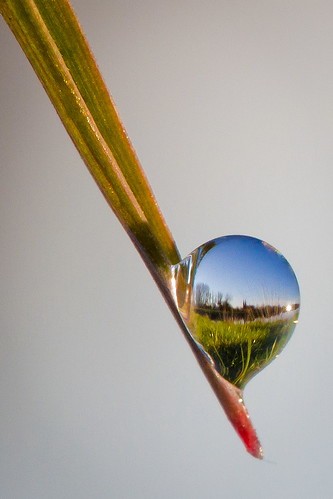
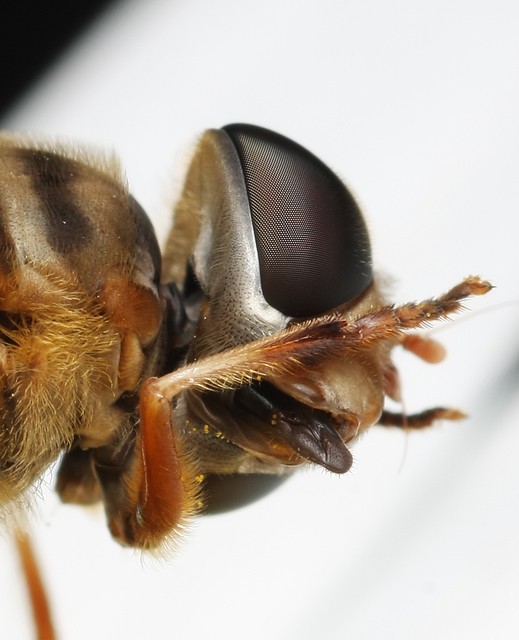
![[No title]](/data/xfmg/thumbnail/36/36300-760519cb9a8ebbfc57cc3d1fda5dd37c.jpg?1619737494)
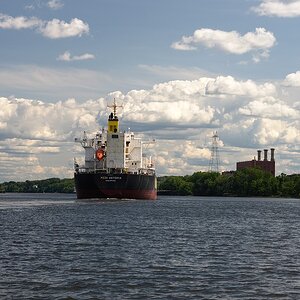
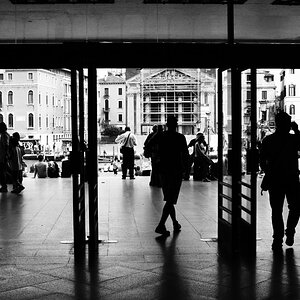
![[No title]](/data/xfmg/thumbnail/31/31012-f5e0c7cdea2f2c3e44737e3f61c2461a.jpg?1619734567)
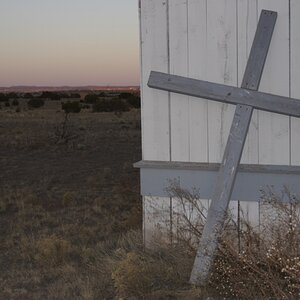

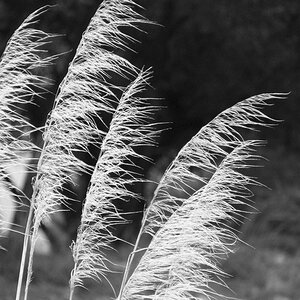
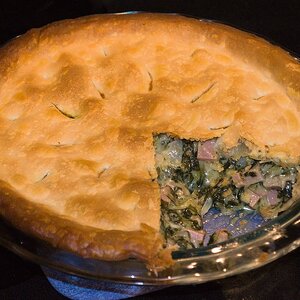
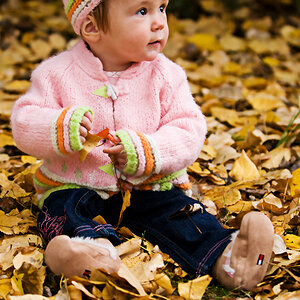
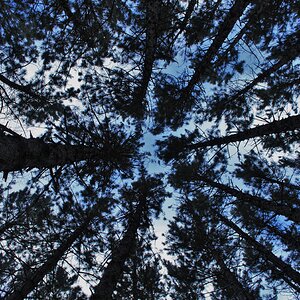
![[No title]](/data/xfmg/thumbnail/36/36299-468f060314a0ac2bf5e37da1c33149d2.jpg?1619737493)
